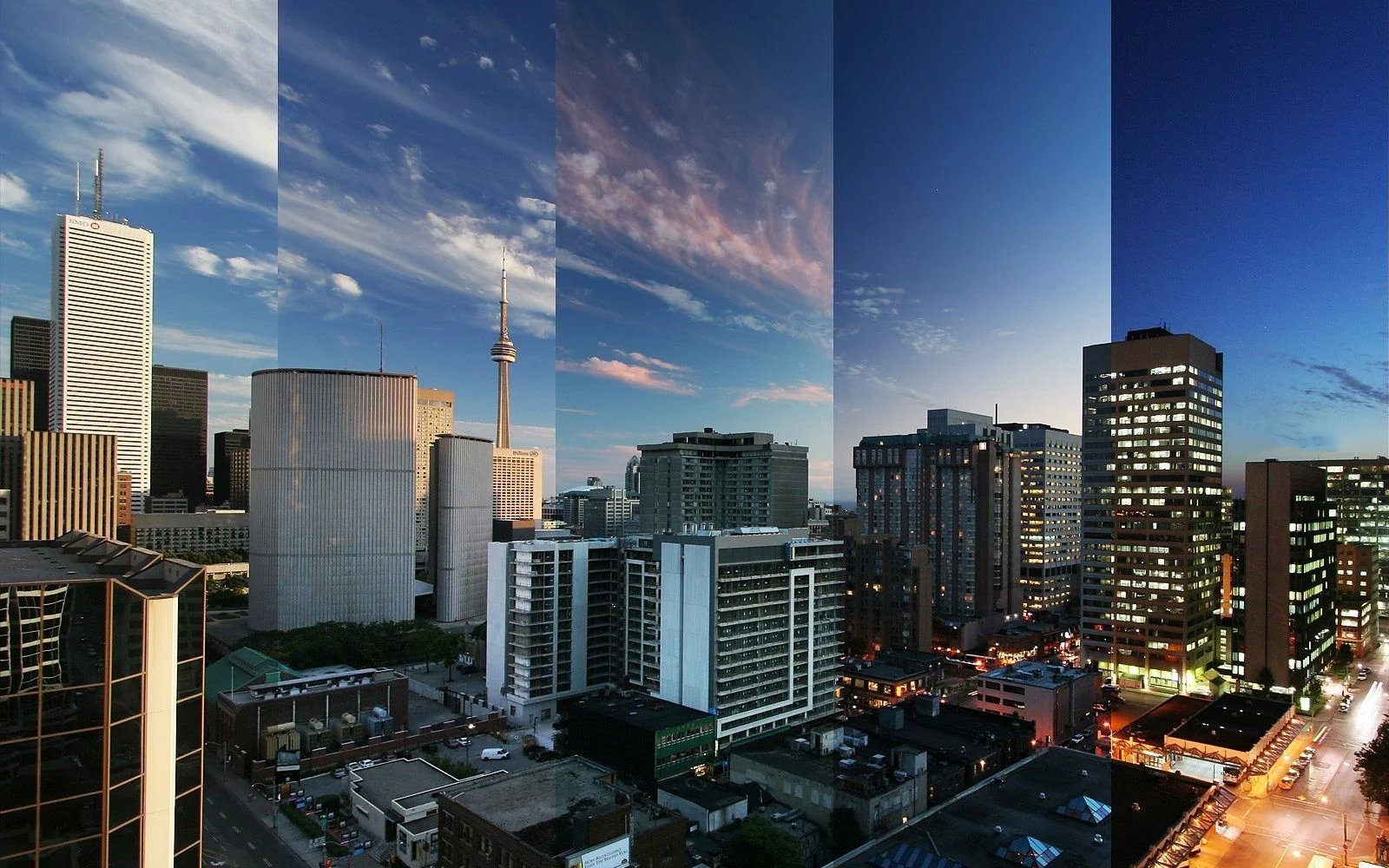
Real Estate Blog
The Rising Skyline: High-rise Real Estate Market Booms in Pakistan
As the sun rises over Pakistan's bustling cities, a new silhouette emerges against the horizon - a skyline dotted with high-rise buildings, each soaring higher than the last. This shift from the traditional bungalows and havelis to towering skyscrapers represents more than an architectural change; it's a reflection of a nation's growth, aspirations, and the pulse of its real estate market.
The Urban Migration
Pakistan's population is predominantly young, with millennials and Gen Z forming a significant portion. This demographic, combined with the rural to urban migration trend, has caused a significant surge in urban populations. Cities like Karachi, Lahore, and Islamabad have witnessed a rapid expansion, both in terms of population and infrastructure. This urban explosion has subsequently led to a scarcity of land, making it both valuable and contentious.
Why High-rises?
The answer to the increasing demand for urban housing, given the land scarcity, has been to grow vertically. High-rise buildings, by virtue of their design, can accommodate a larger number of residents, businesses, and amenities per square foot of land than traditional housing. This efficient utilization of space is one of the primary reasons behind the boom in high-rise constructions.
Moreover, the global influence can't be ignored. With globalization, international architectural trends and lifestyles have found their way into Pakistan's urban centers. High-rise living, with its aura of modernity, luxury, and convenience, appeals especially to the younger generation, positioning itself as a symbol of progressive living.
Economic Impacts
The surge in high-rise constructions has provided a much-needed boost to various sectors of the economy. From construction to real estate sales, from interior design to home furnishings, many industries are reaping the benefits of this trend. The real estate sector, in particular, has seen significant foreign and local investments. Overseas Pakistanis, influenced by their international experiences, are a major driving force, as they seek high-end living spaces upon returning home.
The Lifestyle Shift
High-rise living isn't just about the space; it's about the lifestyle. These buildings often come equipped with amenities that cater to every aspect of urban life. Gyms, swimming pools, community centers, play areas for children, and even mini-theaters are common features. Such facilities, combined with the security and convenience these complexes offer, make for an alluring package for potential residents.
Furthermore, the sense of community is strong in these settings. With shared facilities and common areas, residents get numerous opportunities to interact, fostering a sense of belonging and camaraderie.
Environmental Concerns & Solutions
With the positives, there come challenges. High-rise buildings can strain the existing infrastructure, especially water and electricity supplies. Additionally, there are environmental concerns, as these structures often require significant energy for heating, cooling, and maintenance.
However, modern high-rises in Pakistan are increasingly adopting sustainable practices. Solar panels, rainwater harvesting systems, and energy-efficient designs are becoming the norm, as developers recognize the importance of eco-friendly living.
Conclusion
The rise in high-rise constructions in Pakistan is more than just a shift in architectural preference. It's a reflection of the country's socio-economic dynamics, aspirations, and the evolving lifestyle choices of its urban populace. As the country strides forward, its skylines, dotted with majestic skyscrapers, stand as testimony to its progress, potential, and the dreams of its people.

